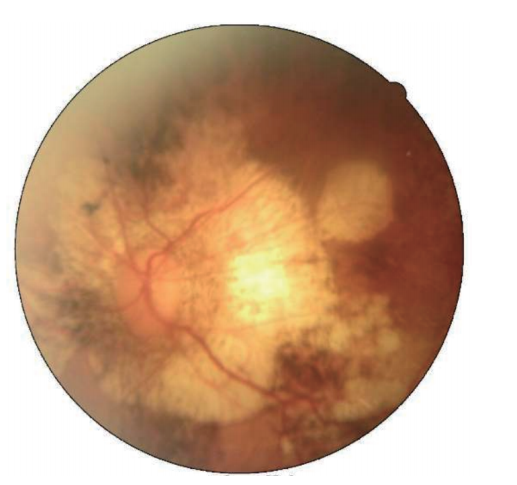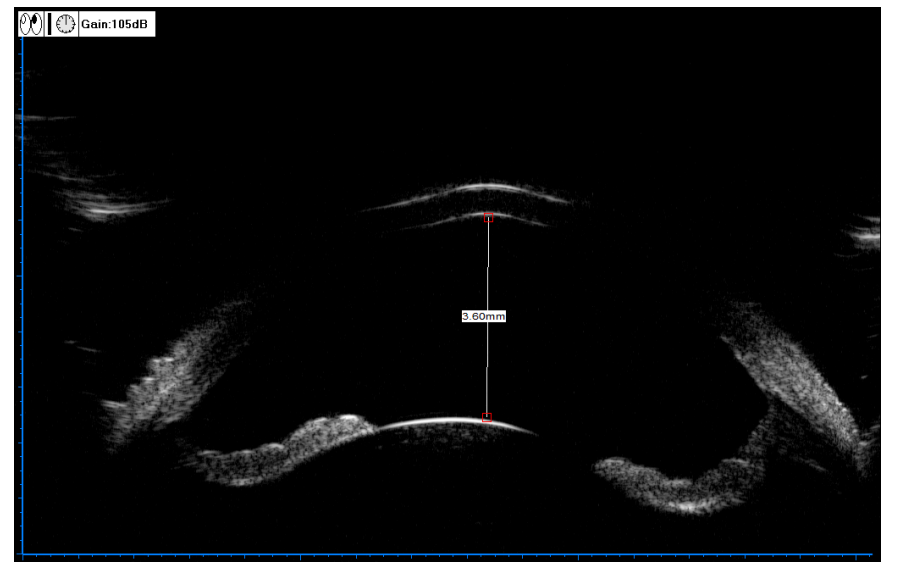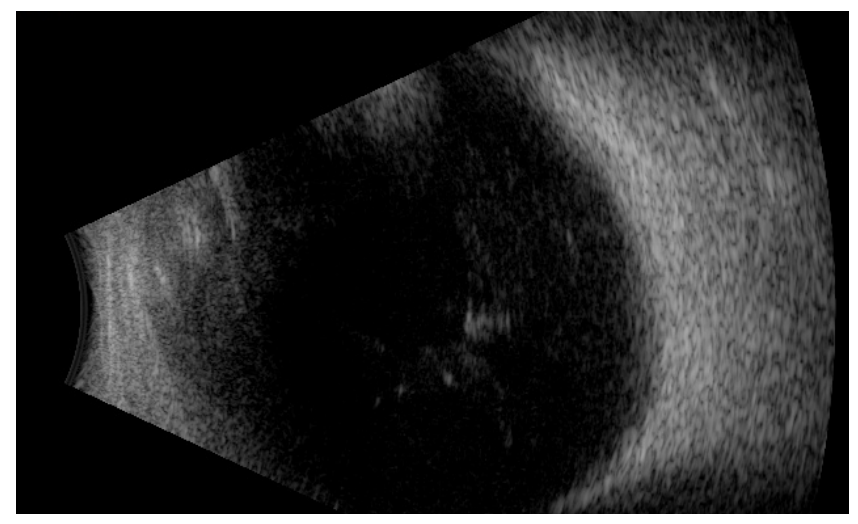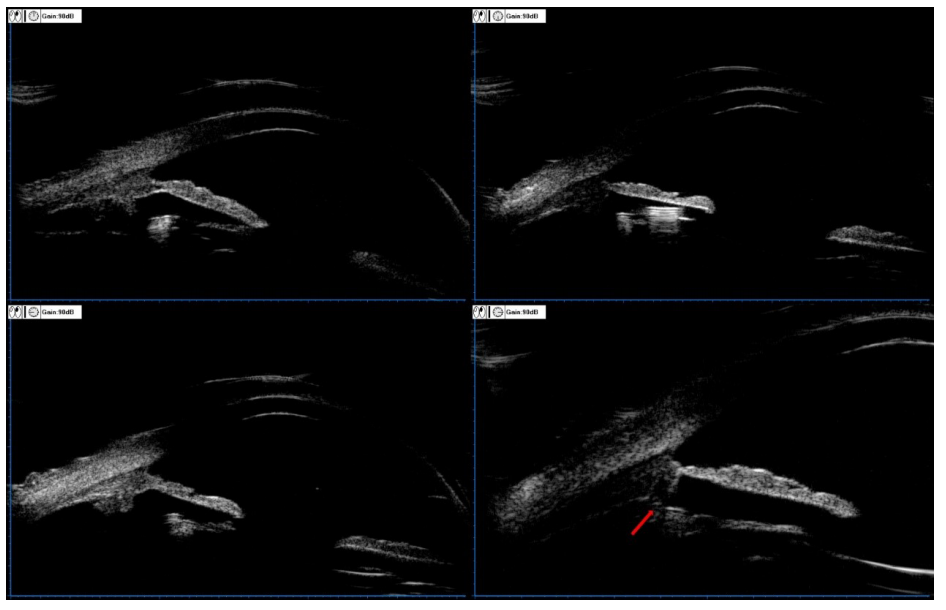1、Liu E, Cole S, Werner L, et al. Pathologic evidence of pseudoexfoliation
in cases of in-the-bag intraocular lens subluxation or dislocation[ J]. J
Cataract Refract Surg, 2015, 41(5): 929-935.Liu E, Cole S, Werner L, et al. Pathologic evidence of pseudoexfoliation
in cases of in-the-bag intraocular lens subluxation or dislocation[ J]. J
Cataract Refract Surg, 2015, 41(5): 929-935.
2、Kristianslund O, Dalby M, Drolsum L. Late in-the-bag intraocular lens
dislocation[ J]. J Cataract Refract Surg, 2021, 47(7): 942-954.Kristianslund O, Dalby M, Drolsum L. Late in-the-bag intraocular lens
dislocation[ J]. J Cataract Refract Surg, 2021, 47(7): 942-954.
3、Wagoner MD, Cox TA, Ariyasu RG, et al. Intraocular lens implantation
in the absence of capsular support: a report by the American Academy
of Ophthalmology[ J]. Ophthalmology, 2003, 110(4): 840-859.Wagoner MD, Cox TA, Ariyasu RG, et al. Intraocular lens implantation
in the absence of capsular support: a report by the American Academy
of Ophthalmology[ J]. Ophthalmology, 2003, 110(4): 840-859.
4、Por YM, Lavin MJ. Techniques of intraocular lens suspension in the
absence of capsular/zonular support[ J]. Surv Ophthalmol, 2005,
50(5): 429-462.Por YM, Lavin MJ. Techniques of intraocular lens suspension in the
absence of capsular/zonular support[ J]. Surv Ophthalmol, 2005,
50(5): 429-462.
5、Yen KG, Reddy AK, Weikert MP, et al. Iris-�xated posterior chamber
intraocular lenses in children[ J]. Am J Ophthalmol, 2009, 147(1): 121-
126.Yen KG, Reddy AK, Weikert MP, et al. Iris-�xated posterior chamber
intraocular lenses in children[ J]. Am J Ophthalmol, 2009, 147(1): 121-
126.
6、Khokhar S, Aron N, Yadav N, et al. Modi�ed technique of endocapsular
lens aspiration for severely subluxated lenses[ J]. Eye (Lond), 2018,
32(1): 128-135.Khokhar S, Aron N, Yadav N, et al. Modi�ed technique of endocapsular
lens aspiration for severely subluxated lenses[ J]. Eye (Lond), 2018,
32(1): 128-135.
7、Buttanri IB, Sevim MS, Esen D, et al. Modified capsular tension
ring implantation in eyes with traumatic cataract and loss of zonular
support[ J]. J Cataract Refract Surg, 2012, 38(3): 431-436.Buttanri IB, Sevim MS, Esen D, et al. Modified capsular tension
ring implantation in eyes with traumatic cataract and loss of zonular
support[ J]. J Cataract Refract Surg, 2012, 38(3): 431-436.
8、Cionni RJ, Osher RH. Management of profound zonular dialysis or
weakness with a new endocapsular ring designed for scleral �xation[ J].
J Cataract Refract Surg, 1998, 24(10): 1299-1306.Cionni RJ, Osher RH. Management of profound zonular dialysis or
weakness with a new endocapsular ring designed for scleral �xation[ J].
J Cataract Refract Surg, 1998, 24(10): 1299-1306.
9、Kim EJ, Berg JP, Weikert MP, et al. Scleral-�xated capsular tension rings
and segments for ectopia lentis in children[ J]. Am J Ophthalmol, 2014,
158(5): 899-904.Kim EJ, Berg JP, Weikert MP, et al. Scleral-�xated capsular tension rings
and segments for ectopia lentis in children[ J]. Am J Ophthalmol, 2014,
158(5): 899-904.
10、Vasavada V, Vasavada VA , Hoffman RO, et al. Intraoperative
performance and postoperative outcomes of endocapsular ring
implantation in pediatric eyes[ J]. J Cataract Refract Surg, 2008, 34(9):
1499-1508.Vasavada V, Vasavada VA , Hoffman RO, et al. Intraoperative
performance and postoperative outcomes of endocapsular ring
implantation in pediatric eyes[ J]. J Cataract Refract Surg, 2008, 34(9):
1499-1508.
11、Li B, Wang Y, Malvankar-Mehta MS, et al. Surgical indications,
outcomes, and complications with the use of a modified capsular
tension ring during cataract surgery[ J]. J Cataract Refract Surg, 2016,
42(11): 1642-1648.Li B, Wang Y, Malvankar-Mehta MS, et al. Surgical indications,
outcomes, and complications with the use of a modified capsular
tension ring during cataract surgery[ J]. J Cataract Refract Surg, 2016,
42(11): 1642-1648.
12、Rainer G, Menapace R , Findl O, et al. Intraocular pressure rise
after small incision cataract surgery: a randomised intraindividual
comparison of two dispersive viscoelastic agents[ J]. Br J Ophthalmol,
2001, 85(2): 139-142.Rainer G, Menapace R , Findl O, et al. Intraocular pressure rise
after small incision cataract surgery: a randomised intraindividual
comparison of two dispersive viscoelastic agents[ J]. Br J Ophthalmol,
2001, 85(2): 139-142.
13、Celik E, Koklu B, Dogan E, et al. Indications and clinical outcomes of
capsular tension ring implantation in phacoemulsi�cation surgery at a
tertiary teaching hospital: A review of 4316 cataract surgeries[ J]. J Fr
Ophtalmol, 2015, 38(10): 955-959.Celik E, Koklu B, Dogan E, et al. Indications and clinical outcomes of
capsular tension ring implantation in phacoemulsi�cation surgery at a
tertiary teaching hospital: A review of 4316 cataract surgeries[ J]. J Fr
Ophtalmol, 2015, 38(10): 955-959.
14、Dibas A, Yorio T. Glucocorticoid therapy and ocular hypertension[ J].
Eur J Pharmacol, 2016, 787: 57-71.Dibas A, Yorio T. Glucocorticoid therapy and ocular hypertension[ J].
Eur J Pharmacol, 2016, 787: 57-71.
15、Chang DF, Tan JJ, Tripodis Y. Risk factors for steroid response among
cataract patients[ J]. J Cataract Refract Surg, 2011, 37(4): 675-681.Chang DF, Tan JJ, Tripodis Y. Risk factors for steroid response among
cataract patients[ J]. J Cataract Refract Surg, 2011, 37(4): 675-681.
16、Sastry PV, Singal AK. Cataract surgery outcome in patients with non-glaucomatous pseudoexfoliation[ J]. Rom J Ophthalmol, 2017, 61(3):
196-201.Sastry PV, Singal AK. Cataract surgery outcome in patients with non-glaucomatous pseudoexfoliation[ J]. Rom J Ophthalmol, 2017, 61(3):
196-201.
17、Lorenz K, Dick HB, Grus F, et al. Series of �brinous in�ammation a�er
implantation of capsular tension rings[ J]. J Cataract Refract Surg, 2014,
40(2): 192-198.Lorenz K, Dick HB, Grus F, et al. Series of �brinous in�ammation a�er
implantation of capsular tension rings[ J]. J Cataract Refract Surg, 2014,
40(2): 192-198.
18、Bochmann F, Sturmer J. Chronic and Intermittent Angle Closure
Caused by In-The-Bag Capsular Tension Ring and Intraocular Lens
Dislocation in Patients With Pseudoexfoliation Syndrome[ J]. J
Glaucoma, 2017, 26(11): 1051-1055.Bochmann F, Sturmer J. Chronic and Intermittent Angle Closure
Caused by In-The-Bag Capsular Tension Ring and Intraocular Lens
Dislocation in Patients With Pseudoexfoliation Syndrome[ J]. J
Glaucoma, 2017, 26(11): 1051-1055.
19、Lin H, Zhou G, Zhang S, et al. One-year outcome of low dose laser
cyclophotocoagulation for capsular tension ring-induced malignant
glaucoma: A case report[ J]. Medicine (Baltimore), 2020, 99(6):
e18836.Lin H, Zhou G, Zhang S, et al. One-year outcome of low dose laser
cyclophotocoagulation for capsular tension ring-induced malignant
glaucoma: A case report[ J]. Medicine (Baltimore), 2020, 99(6):
e18836.






